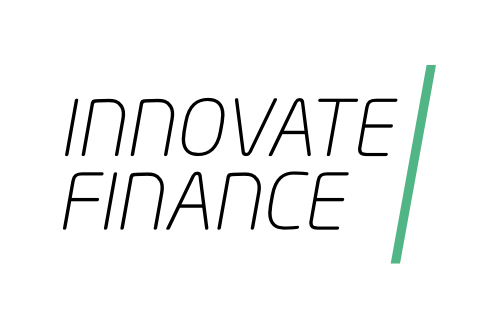Every year we see new technologies and trends emerging with the potential to disrupt the world of business, transform marketing and changing customer expectations. Often these trends will be led by some the world’s biggest brands, but that certainly doesn’t mean that small and medium sized businesses cannot also learn from and use these trends to create their own outstanding customer experience.
Here I have picked out just five of the emerging CX trends that I believe will become more prominent over the next year, and beyond.
Time to turn customer loyalty on its head
One of the most common questions I am asked in my work is How can I make my customers more loyal? However, I now believe it is time for a change in mindset, and the question should actually be How can my company show loyalty to its customers?
When we talk about loyalty programs, many examples I see are out of balance, offering way more benefit to the company than the consumer. A trend I see happening is that we will evolve towards more of a shared interest where brands benefit from happy customers, customers benefit when the brand does well. After all, a company’s shareholders, its employees and its customers basically strive towards the same thing, so why not make it a positive sum game?
Retailer Shein, for instance, has adopted an interesting approach to positive sum loyalty, rewarding customers who act as true ambassadors. I think this is something we see from many more small retailers as a way to stand out from the giants.
Do you love your frustrated customers?
We all know that people will spread negative experiences much faster than the positive ones, but studies show that actually only 1 in 26 customers who have a bad experience tell the company itself. So for every complaint you receive, there may be 25 more who are telling their friends, but not giving you the opportunity to do something about it.
Just because customers are not complaining, it doesn’t always mean they are happy. It is great to find the satisfied customers, learn from what makes them happy and use that to make the experience even better. But more importantly, find the dissatisfied ones, try to understand them, learn from your mistakes and then do everything you can to make it better.
When you are running a business, negative feedback can feel like a threat, but try to see it as a challenge. Understanding the mistakes, frictions and frustrations your customers experience could be your greatest source of information.
Digital inconvenience will no longer be tolerated
One of the customer behaviour trends that accelerated through the pandemic is that we now have almost zero tolerance for digital inconvenience. When we were sat at home, with nowhere to go but online, we lost all patience for complicated, slow and frustrating experiences.
Big brands fully understand this. Just when you think that they have reached the ultimate frictionless, even invisible experience, they question how the interaction with customers could be further improved. Amazon is a great example of that ‘it’s never finished’ mindset, always looking for the smallest details that add up to making a big difference.
This is a great lesson for small businesses too. Look at your customer experience as an unfinished piece of art that you’re continuously working on and that will never be finished. Never be content. Always look for ways to improve the digital convenience.
New habits die hard
There is a scientific term hysteresis that refers to the fact that social systems tend to change permanently after an external shock. I think we can all agree that the pandemic was indeed a shock to our social system, and it means that for some trends ‘ hybrid working, or even the incredible boom in takeout food ‘ there is no going back. That’s hysteresis.
Research by Forrester backs this up: consumers really enjoyed many of the services that became popular during the pandemic, such as delivery, curbside pick-up, special shopping hours for senior customers in grocery stores and more. There is no going back from these changes and companies will need to think about how they can leverage these and improve them to win the war for customers, rather than expecting we’ll all go back to acting like it is 2019 again.
Are you a Partner in Life?
One of the interesting trends to come out of the pandemic is how customers have come to expect brands to help them realise their hopes and dreams. Being a Partner in Life is about moving beyond just a customer journey to help with the life journey of customers, helping them remove negative energy and create positive energy. It’s about optimising the emotional relationship with their customers.
We see this a lot in tech products now too. The smart fridge from Samsung encourages users to select the products that are almost overdue, thereby saving money and helping reduce food waste. The reason why this is possible is, of course, the treasure trove of data digital devices produce about customers, and it is very ‘easy’ to build services on top of these data-flows. The smart fridge could ‘just’ order new products when they are no longer in stock in the fridge, but with so much data, it could also help users become more healthy and sustainable, helping them with their emotional journey as well.
This trend is not just about changing customer behaviour, but also because the data allows it. It’s much harder to become a Partner in Life with products only, but it highlights the size of the opportunity if you can join the Everything-as-a-Service trend.
“
Share via:








































